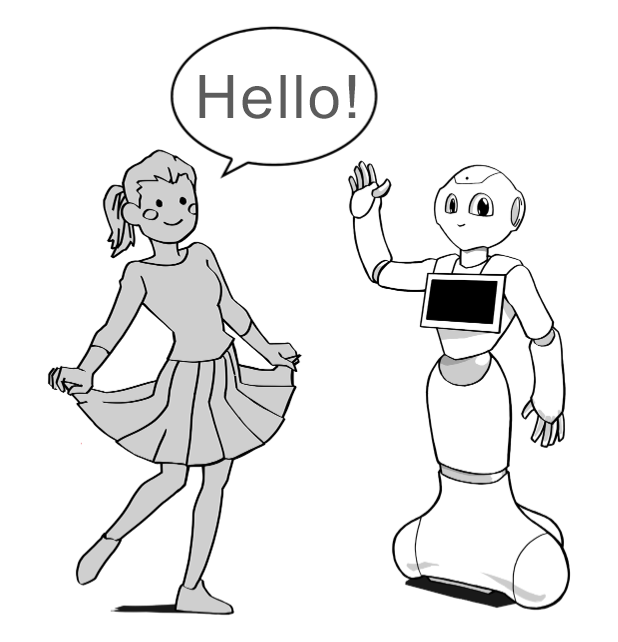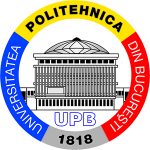In recent years autonomous robots have started to be an active presence in day-to-day life, under various forms. Social Assistive Robots, which offer help and support to people with special needs (e.g. the elderly or people with physical disabilities), are an answer to an ever growing necessity within a society that promotes a healthy and cared for life. Social robots, able to interact with customers in stores, are increasingly appreciated by companies, providing customers with an exciting and personalized experience. The basic challenges faced by such robots in terms of existing software are related to: the ability to draw bearings and navigate in unknown, dynamic and / or populated environments, the ability to identify the person they interact with (computer vision, speaker identification, etc.) in the context of dealing with a group of people and ambient noise, interacting with users in natural language, as well as adaptation to people with special needs.
ROBIN SOCIAL
OBJECTIVES
The goal of the ROBIN-Social project is to develop an integrated and easily configurable solution for the personalization of social assistive robots, for individuals with special needs, as well as for groups of users (e.g. customers of a store, visitors of an exhibition). The solution is based on advanced artificial intelligence techniques that lead to cognitive and autonomous robots. It aims to overcome existing limitations in commercial robots (humanoid or semi-humanoid ones) and customize them for specific applications. To achieve this, the project makes use of robust Machine Learning algorithms and techniques for Computer Vision and Natural Language Processing (NLP – both language understanding as well as generation). It further uses algorithms running on the robot (e.g. SLAM, person recognition) with data collected from IoT devices, but also retrieved from Cloud-Robotics platforms. The project also includes solutions based on telepresence mobile robots (significantly cheaper than robots with humanoid features) but which at present have no autonomous character.
The specific objectives of the project are:
- Creating a platform for the development of robotic applications for different models of humanoid or telepresence robots. Their purpose is to provide help for the elderly or home-based customer assistance, while enabling the integration of data from IoT devices to increase the accuracy of operation and using cloud resources for intensive computations.
- Developing SLAM, 3D-mapping and data fusion algorithms with sensor data to enable long-term autonomy in a dynamic environment (people and moving objects).
- Developing robot motion planning algorithms, including the ability to grab objects.
- Using and adapting computational algorithms developed in the ROBIN-Car project for detecting and recognizing people.
- Using and adapting the Romanian language dialogue system from ROBIN-Dialog for interaction with robots in natural language.
- Developing an autonomous assistive telepresence product with commercial hardware.
- Developing a social assistant robotic service for people with special needs on hand of a commercial robot
- Developing a social interaction robotic service for customers in a supermarket with on hand commercial robot.
Originality and Innovation:
Achievement of dynamic navigation capabilities, natural language interactions (both written and spoken) with robots, user and activity detection, adaptation of NLP solutions and computer vision solutions of P2 and P3 to robots (task far from being trivial), and integration of robotic services with ambient sensors (IoT). We thus get an innovative and robust solution that has real chances to overcome existing limitations. Another original aspect of the proposed research is the use of the Cloud-Robotics model to allow robots to access behavior and ability templates from the cloud.




